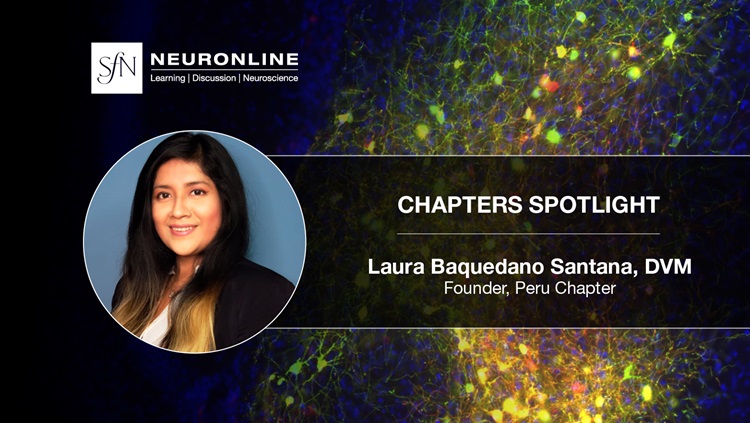
Twitter is the most interactive and real-time social forum at academic conferences. Whether you are attending a conference or following it from afar, Twitter offers you a chance to share session feedback, engage in science banter, job hunt, connect with colleagues, and see quick updates.
To participate in the neuroscience Twitter-verse at Neuroscience 2015, get started with these tips.
Establish Your Presence
- Sign up for a Twitter account if you haven’t already. Install the app, choose your handle, and test it. Don’t fear the technology!
- Follow other Twitter users. Start with people — “tweeps” in unofficial Twitter lingo — you may know or find interesting.
- Browse SfN Twitter lists. Lists are curated feeds on a particular theme created by individual users. Several lists exist from previous SfN meetings that group active members of the neuro community, such as this one.
- Set up your account early. There is pre-conference tweeting that you won’t want to miss. Be sure to follow SfN’s official meeting handle, @Neurosci2019, and SfN’s regular handle, @SfNtweets.
Learn the Fundamentals
- Get to know your RT, @, #, and more. There are many tricks to learn for posting content, and this style guide published by Twitter is a great place to start.
- Know that SfN’s official Neuroscience 2015 communications policy states: “Because of the sensitive nature of data and preliminary, unpublished research findings, all photography and recording of scientific sessions and the poster floor is prohibited during the meeting.”
- Share hyperlinks. Use TinyURL (http://tinyurl.com) or other services to shorten links to fit tweet character limits.
- Remember, if you’re not yet comfortable tweeting, you can still follow along without posting a single character.
Follow the #hashtag
- Link up your tweets with other SfN attendees using hashtags: #. Neuroscience 2015’s official hashtag is #SfN15, but keep watch for others, such as #phdchat and #scicomm.
- Meet the people behind the tweets. Use hashtags to find tweet-ups and social gatherings. This is a great way to experience your virtual network, see the city, and decompress.
Outreach opportunities
- Start your own subgroup. Make a novel hashtag to attract like-minded tweeps. Just remember to anchor your tweet with #SfN15 to reach the masses.
- Track your impact in real time if you get really savvy, or just like data. Twitter freely shares all analytics for user accounts.
- Engage your university’s media team, communications department, or grad program on your ideas for promoting neuroscience research. Beyond Twitter, there are organized platforms, such as the Public Library of Science’s neuroscience blog and, of course, Neuronline, that offer you opportunities to contribute.
- Have a go at organized science communication, or #scicomm. SfN invites bloggers and tweeters to share information throughout Neuroscience 2015 through its Annual Meeting Bloggers program. Though this year’s application deadline passed, follow along for important updates and consider applying next year.
Caveats
- Don’t feel the need to read every tweet (there are lots) to stay in the loop. If something becomes popular, users tend to retweet it, and you’ll see it later. Twitter is all about the trends and maybe you’ll have a hand in boosting #SfN15 to trend worldwide!
- If you’re still unsure of tweet protocol and ethics, SfN has posted a social media policy for the annual meeting. It’s critical to be respectful of SfN’s guidelines and other attendees.
Overall, be nice, have fun, and enjoy #SfN15!
0 of 5 articles left
Login
or
Become a Member
to unlock content








